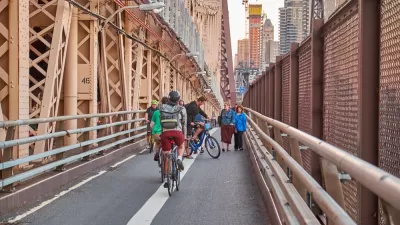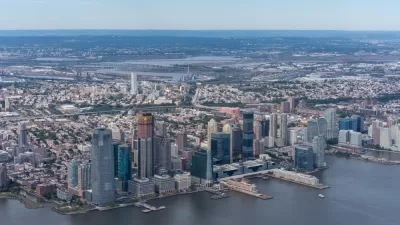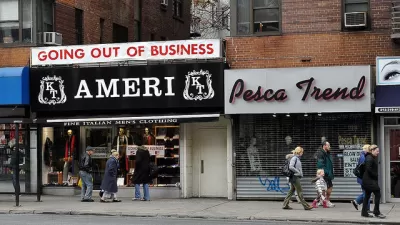The preservation and meticulous restoration of historic brownstones in Manhattan, and especially Brooklyn, over the last half-century has revived whole swaths of the city. A new generation of homeowners are exploring radical alterations to the form.

Constance Rosenblum explores the ways in which the iconic New York brownstone is being rethought and redesigned, with architects such as Michael Rubin Architects, Rogers Marvel Architects and Rafael Viñoly leading the charge.
"Impeccably restored town houses still set the tone today for most brownstone neighborhoods," says Rosenblum. "But it's increasingly common to find vintage town houses sheathed in glass, aluminum and other relentlessly contemporary materials. Especially in Brooklyn, rear facades are being opened up -'blown out' is the term architects use - to provide large doses of light and air. Many of these reworkings take the form of sweeping glass rear walls, designed to transform spaces that for all their charm are typically small and dark."
So what is leading to the shift from preservation and restoration to transformation? Rosenblum credits "shifting aesthetics that include a greater respect for Modernism. 'Tastes change, and part of that change is generational,' said David Hecht, a Brooklyn architect who retrofitted his town house in Clinton Hill. 'Contemporary sensibility is more casual, more informal, more flowing. And because town houses are inherently flexible, they can accommodate these changes. It's part of the continuum of the history, not a departure but the next turn of the wheel.'"
FULL STORY: The Brownstone Revisionists

Maui's Vacation Rental Debate Turns Ugly
Verbal attacks, misinformation campaigns and fistfights plague a high-stakes debate to convert thousands of vacation rentals into long-term housing.

Planetizen Federal Action Tracker
A weekly monitor of how Trump’s orders and actions are impacting planners and planning in America.

In Urban Planning, AI Prompting Could be the New Design Thinking
Creativity has long been key to great urban design. What if we see AI as our new creative partner?

King County Supportive Housing Program Offers Hope for Unhoused Residents
The county is taking a ‘Housing First’ approach that prioritizes getting people into housing, then offering wraparound supportive services.

Researchers Use AI to Get Clearer Picture of US Housing
Analysts are using artificial intelligence to supercharge their research by allowing them to comb through data faster. Though these AI tools can be error prone, they save time and housing researchers are optimistic about the future.

Making Shared Micromobility More Inclusive
Cities and shared mobility system operators can do more to include people with disabilities in planning and operations, per a new report.
Urban Design for Planners 1: Software Tools
This six-course series explores essential urban design concepts using open source software and equips planners with the tools they need to participate fully in the urban design process.
Planning for Universal Design
Learn the tools for implementing Universal Design in planning regulations.
planning NEXT
Appalachian Highlands Housing Partners
Mpact (founded as Rail~Volution)
City of Camden Redevelopment Agency
City of Astoria
City of Portland
City of Laramie





























